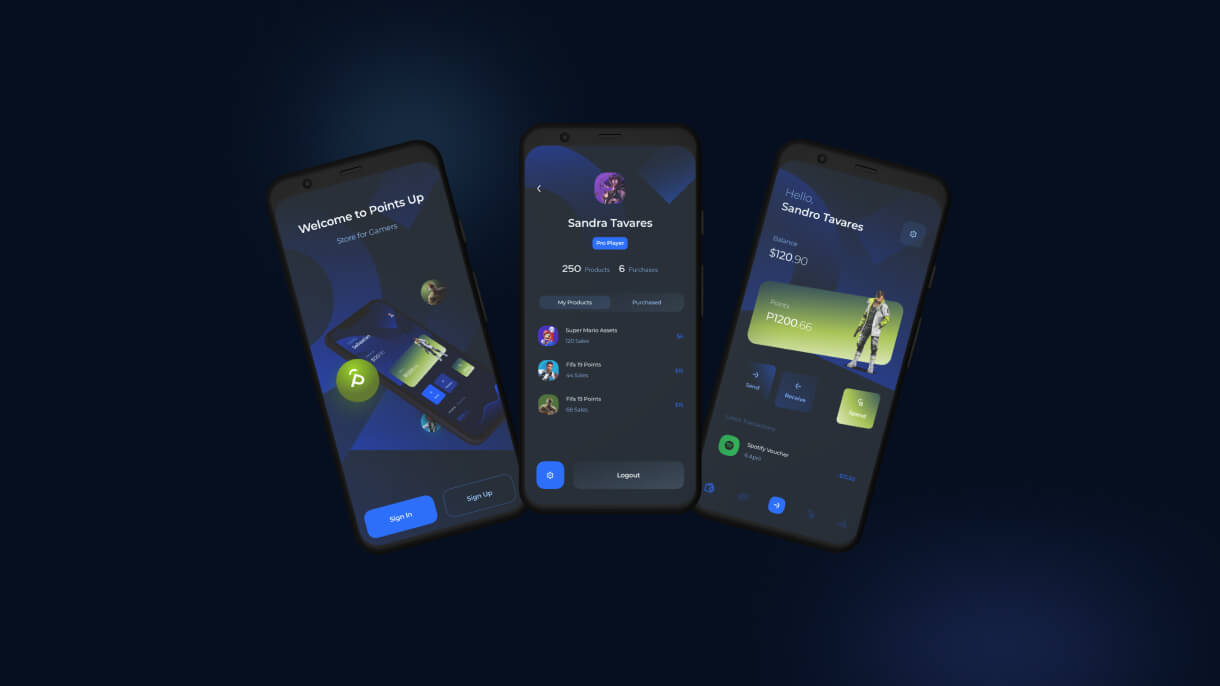
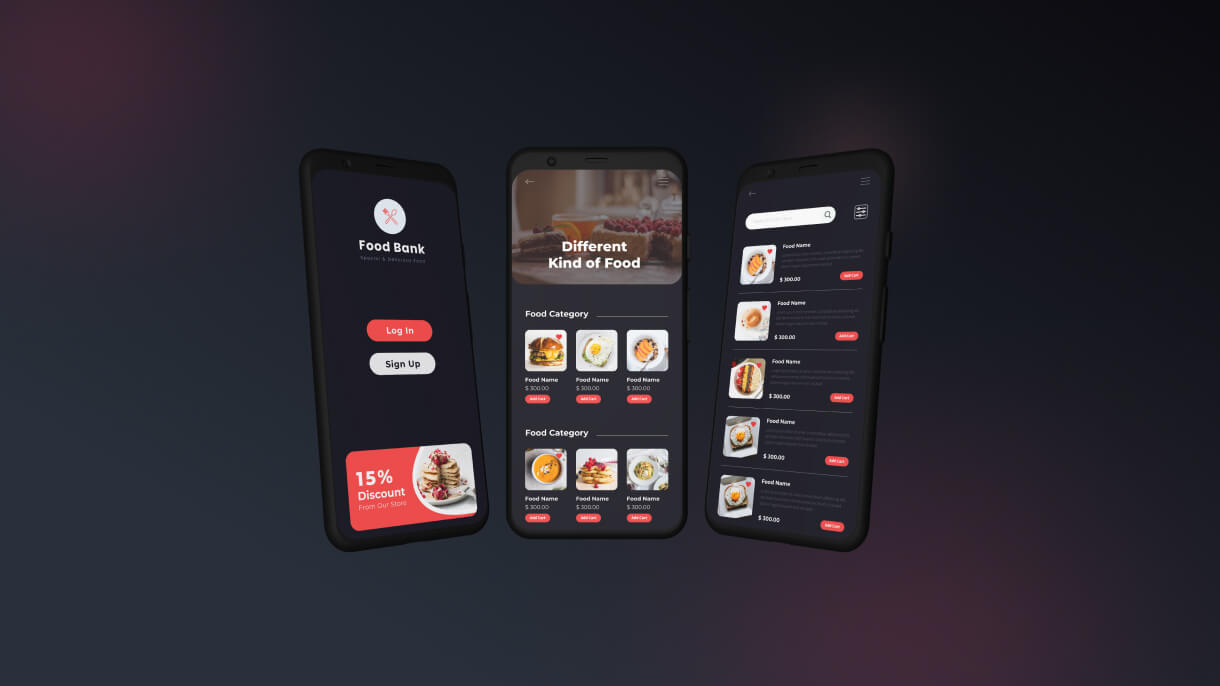
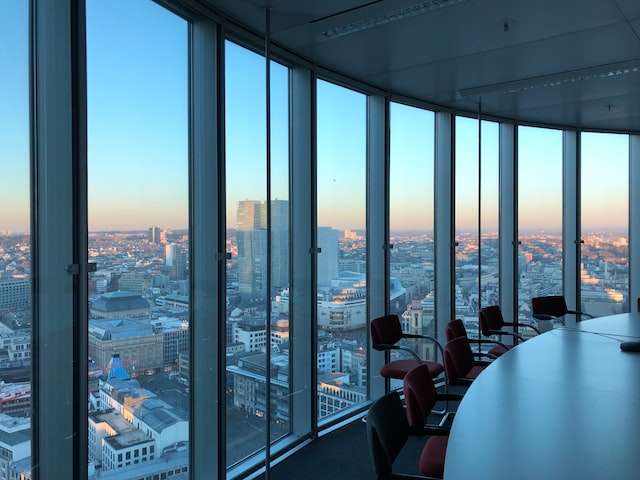
Travel App Design Creativity & Application.
Through a wide variety of mobile applications, we’ve developed a unique visual system and strategy that can be applied across the spectrum of available applications.
Designing a travel app involves blending creativity with functionality to create a seamless and engaging user experience. Travel apps are essential tools for travelers seeking to explore new destinations, manage bookings, and discover local attractions. A well-designed travel app should captivate users with its visual appeal while providing practical features that enhance their journey. Here’s an overview of key aspects to consider in travel app design and application:
1. Intuitive User Interface (UI): An intuitive UI is crucial for ensuring that users can easily navigate the app. The design should prioritize simplicity, with a clean layout that features easy-to-access menus and clear icons. Effective use of whitespace and minimalistic design elements can help users focus on essential features without feeling overwhelmed.
2. Creative Visual Design: Travel apps should evoke a sense of adventure and excitement through their visual design. Incorporate high-quality images of destinations, landmarks, and local experiences to inspire users. Vibrant colors, engaging animations, and attractive typography can enhance the overall aesthetic and create a memorable user experience.
3. Personalized User Experience: Personalization is key in travel apps. Use data and preferences to offer tailored recommendations for destinations, accommodations, and activities. Features like user profiles, saved itineraries, and custom travel plans help users feel more connected and engaged with the app.
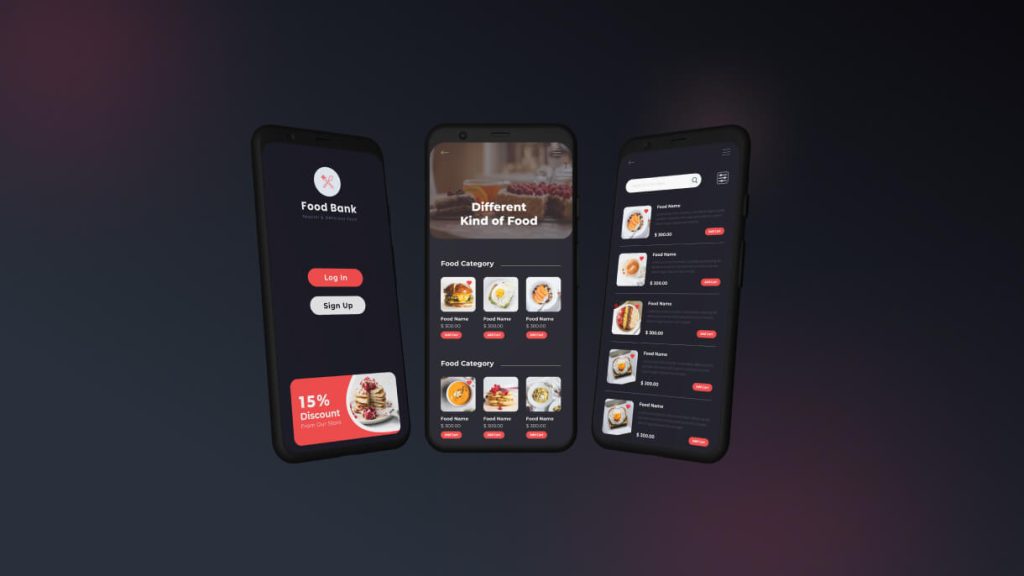
4. Seamless Booking and Planning: Integrate booking functionalities for flights, hotels, car rentals, and activities within the app. Ensure that the booking process is straightforward and secure, with options for filtering, sorting, and comparing choices. Real-time availability and instant booking confirmations enhance convenience and user satisfaction.
5. Interactive Maps and Navigation: Interactive maps are essential for helping users explore new destinations. Include features like GPS navigation, route planning, and location-based recommendations for restaurants, attractions, and services. Maps should be easy to read and interact with, providing clear directions and relevant information.
6. Local Insights and Recommendations: Offer curated recommendations for local experiences, such as hidden gems, popular attractions, and cultural events. User-generated content, like reviews and ratings, can add authenticity and help travelers make informed decisions. Integrating social media feeds or travel blogs can also enrich the content.
7. Offline Access: Enable offline access to key features, such as maps and itineraries, to assist users during their travels when they may not have a reliable internet connection. Offline functionality ensures that users can still access important information without interruptions.
8. Integration with Travel Services: Integrate with various travel services and APIs to provide users with up-to-date information on flights, weather, currency exchange rates, and travel advisories. Integration with popular travel platforms and services can enhance the app’s functionality and provide a comprehensive travel solution.
9. User Support and Assistance: Provide easy access to customer support through chatbots, help centers, or contact forms. Offering prompt assistance and troubleshooting options can improve user satisfaction and address any issues that arise during their travel experience.
10. Analytics and Feedback: Implement analytics tools to monitor user behavior, engagement, and app performance. Collect feedback through surveys or in-app prompts to gather insights into user preferences and areas for improvement. Analyzing this data helps in making informed decisions and enhancing the app’s features.
11. Security and Privacy: Ensure robust security measures to protect user data, especially when handling personal information and payment details. Comply with data protection regulations and use encryption to secure transactions and user information.
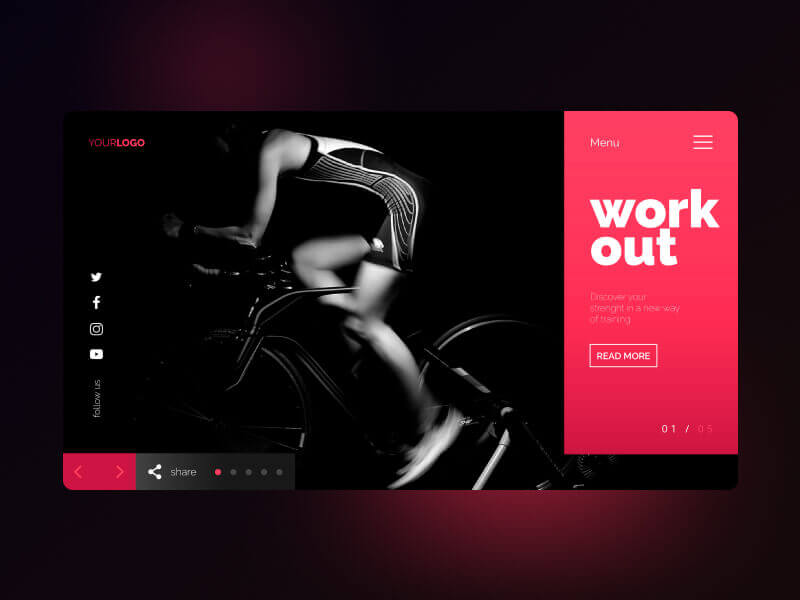
In summary, a travel app’s design should be a blend of creativity and functionality, offering a visually appealing and user-friendly experience. By focusing on intuitive design, personalization, seamless booking, and comprehensive local insights, and by continually optimizing based on user feedback and analytics, you can create a travel app that enhances users’ travel experiences and meets their diverse needs.
